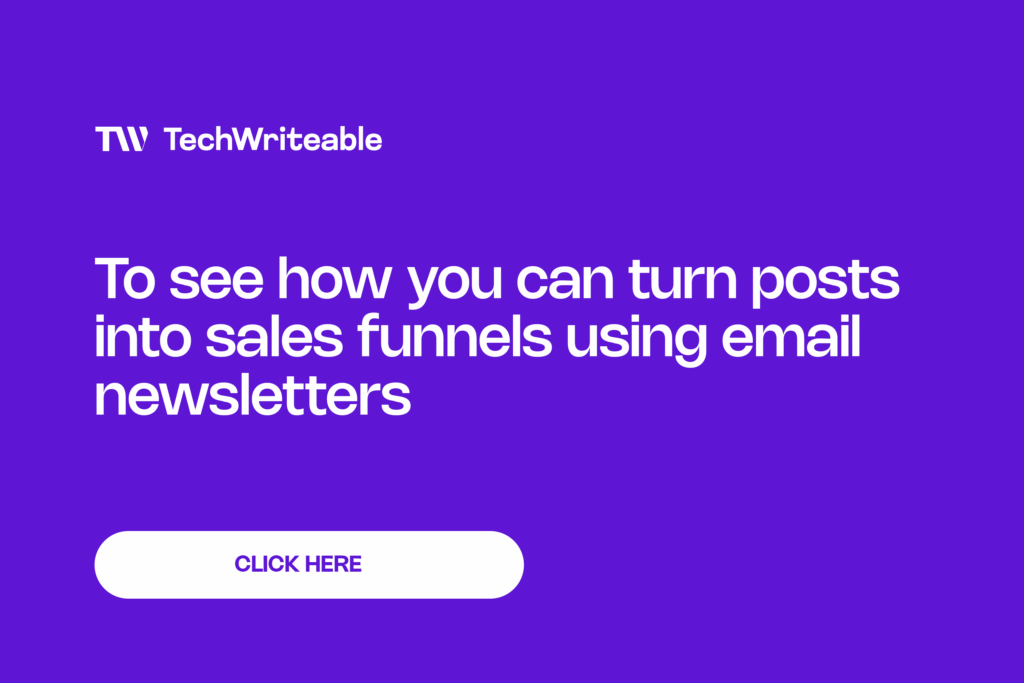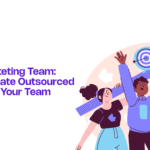Welcome to the era where attention on social media platforms is increasingly fleeting, algorithms change without notice, and data privacy issues drive audiences away. In this new era, developing a content marketing strategy that positions your brand and community at the center has never been more critical.
You might wonder: Is it possible for you to thrive without relying on Facebook ads, Instagram reels, or TikTok challenges? The answer is a resounding yes.
In this post, we’ll examine in detail the principles, channels, strategies, and metrics you need to employ to not only survive but flourish in what we call the Anti-Platform Era. As a content creator, marketer, or business owner, you’ll learn how to build real, meaningful relationships on your own turf. Ready to win back your audience? Let’s begin.
The Anti-Platform Era: A Conceptual Guide
Over the past decade, creators and brands have poured resources into building audiences on social media platforms. But with every algorithm update, privacy scandal, and policy tweak, that audience starts to not feel so much like a community and more like rented property. The Anti-Platform Era emerges from:
- Fading Trust: Large data breaches and shifting privacy regulations have brought into question how platforms use and make money on our data.
- Unpredictable Reach: Organic reach has plummeted; it’s not so easy for your posts to get to those you want it to get to, only a handful of your followers view your posts, well, except you pay for your post to be boosted or run a campaign.
- Saturation of Content: There are millions of new posts being made every minute, so it feels like screaming in a crowded stadium for attention to be heard.
- Pressure from Regulation: Governments around the globe are scrutinizing big tech, and that can lead to surprise access roadblocks or content bans. A ready example is the current scare for Nigerians that may soon lose access to Facebook and Instagram due to regulatory demands and large fines from the Nigerian government. Want to read more on the ongoing tussle between Meta and the Nigerian government? Click here
In short, relying on “the algorithm” alone is a recipe for disaster. The Anti-Platform Era requires an ownership mindset: you must own your list, your site, and your audience.
Why Building Audiences Outside Social Media Matters
- Ownership and Control: When you build on your own platforms, like an email list or community forum, you own the rules, monetization, and data. No random shadow-banning, no surprise algorithm changes.
- Direct, Unfiltered Communication: Email newsletters, individual blogs, and membership sites permit you to communicate face-to-face with your audience with no character limits or algorithmic censorship. Your message arrives unaltered.
- Resilience Against Platform Perils: Regulations change. Accounts are hacked or banned, some temporarily. Diversification allows you to insulate your brand from the whims of any one platform.
By prioritizing your own channels, you’re creating an audience that’s yours to own.
Pillars of a Successful Off-Platform Content Strategy
- Value-First Mindset: Every asset, newsletter, podcast, or private group must possess a clear, audience-driven purpose. Are you inspiring? Engaging? Solving problems?
- Consistent Brand Voice: Your tone and voice must be instantly recognizable whether someone reads your blog post or opens your email.
- Data-Driven Iteration: Even outside of social media, analytics matter. Track open rates, session time, and conversion behaviors in order to maximize your approach.
- Multi-Modal Content: Different people consume content in different ways. Blog, video, audio, whitepaper downloads, each can coexist alongside the rest within your brand umbrella.
- Community-Building: Encourage two-way dialogue. Private Slack rooms, forums for Q&As, and live webinars turn passive customers into engaged members.
These pillars guide each decision so that off-platform behavior remains strategic and successful.
Key Channels for Audience Building Beyond Social Channels
- Email Newsletters: The Average return on investment of email marketing is $36 for every $1 spent, which is so because you own the list. Therefore, you can offer a useful lead magnet (e.g., a report or cheat sheet). Segment audiences by interest level. Test subject lines and send times.

- Blogs and SEO: Organic search drives the lion’s share of website traffic compared to social media referrals. You can conduct keyword research for your niche, optimize on-page elements (titles, meta descriptions, headings), and build internal/external links. With the proper keywords, you can have your content appear earlier in front of individuals searching for it. You could utilize tools (like Google Keyword Planner or AnswerThePublic).

- Podcasting and Audio Content: Commuters and remote workers love audio. It builds intimacy, people feel like you’re talking directly to them, plus it’s very convenient to listen to when in transit. Consider investing in good audio equipment, publish on a consistent schedule, and transcribe episodes for SEO benefits.
- Webinars and Virtual Events: Real-time interaction builds trust and credibility. You can keep sessions under 60 minutes and also offer on-demand replay.
Step-by-Step Guide to Building a Content Marketing Strategy in the Anti-Platform Age
These 9 steps will move you from ad hoc publishing to a strategic, sustainable system that grows on its own terms.
- Define Your Audience Personas: Who are they? What’s keeping them up at night? Map out their journey from awareness to decision.
- Set Clear Goals: After defining your audience persona, you need to align your content efforts with key business objectives like lead generation, community growth, or product adoption. Set definitive KPIs like email subscribers, organic sessions, or webinar sign-ups. Every goal should map to a unique owned channel, like newsletters, blogs, or webinars. Track performance over time and optimize on what produces measurable results.
- Select Your Core Channels: Select 2 to 3 core off-platform channels where your audience spends time and your team excels, and then concentrate your forces there.
- Plan Content Pillars: Develop 3 to 5 thematic pillars that serve both audience interests and your brand expertise.
- Develop an Editorial Calendar: Balance timely and evergreen content. Map multi-step campaigns (blog post → email series → webinar).
- Create Assets & Workflow: Establish clearly defined roles within your team, who is handling research, writing, design, and content delivery. This facilitates accountability and makes production effective. You can use project management tools like Asana, Notion, or Trello to track progress, set deadlines, and manage workflows. A structured system like this will help prevent bottlenecks and maintain content goal-oriented.
- Launch and Promote: Use social media as a teaser, not the anchor. You can also partner with influencers, guest blog on your properties, and promote to your existing email list.
- Measure and Analyze: Track performance weekly. You can use tools like Google Analytics, email platform reports, and community engagement metrics.
- Optimize and Iterate: Check your content performance regularly to know what’s working and what’s not. Amplify or repurpose strong pieces by doubling up on them on other channels. Tweak underperforming content with small headline tweaks, alter CTAs, or revive old sections.
Continuous tweaking keeps your strategy on course and audience-focused.
Tactics for Deepening Engagement and Trust
- Customized Sequences: Use user information to trigger personalized email sequences, birthday offers, behavior-based tips, or course recommendations.
- Behind-the-Scenes Access: You can share progress, mistakes, and learnings through special newsletters or community discussions.
- User-Generated Content: Encourage your audience to contribute through testimonials, guest blog posts, or social spotlights. Featuring real users builds credibility and a perception of community ownership. User-generated content not only grows trust but also reduces your content burden.
- Interactive Content: Quizzes: Interactive content is a great way to engage and get your audience involved. Try integrating quizzes, polls, or “Ask Me Anything” (AMA) sessions into your strategy. These kinds of content invite participation and give your audience a voice. And, you’ll receive valuable insight into what they’re most interested in. It’s a win-win: fun for them, good for you.
- Member Benefits: Fans love to feel like insiders, so why not give them a reason to feel that way? Treat them to special perks like early-bird admission, first crack at beta releases, or exclusive content for your tribe. It’s a simple way to show your gratitude and make your fans feel special. These little perks work far and wide in turning lurkers into die-hard fans.
- Storytelling: This is where your brand is alive. Your story, a client’s story, or the real-life impact of what you’re doing, it all creates emotional attachment. People retain stories, not pitches. Relaying true-to-life moments allows your people to find themselves within your cause. And when they feel, they’ll linger longer.
Trust is built when you appreciate authenticity, transparency, and reciprocity. Give more, and your audience gives more in return.
Conclusion
The Anti-Platform Era is not to be feared. It’s your chance to regain control, establish true connections, and craft experiences that convert passive scroll-throughs into loyal supporters.
Ready to start building? Share your biggest takeaway or question below, and let’s keep the conversation going!



